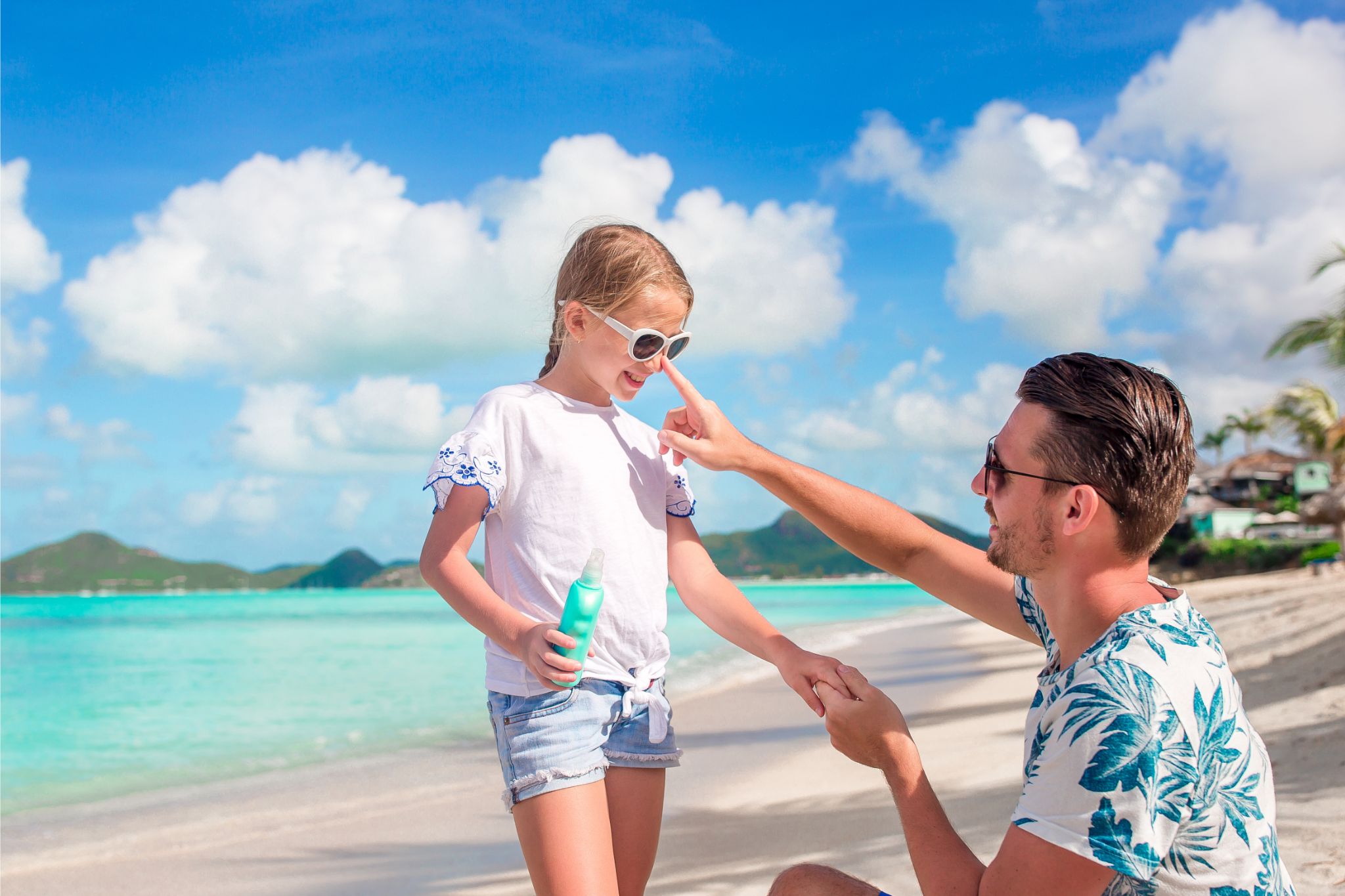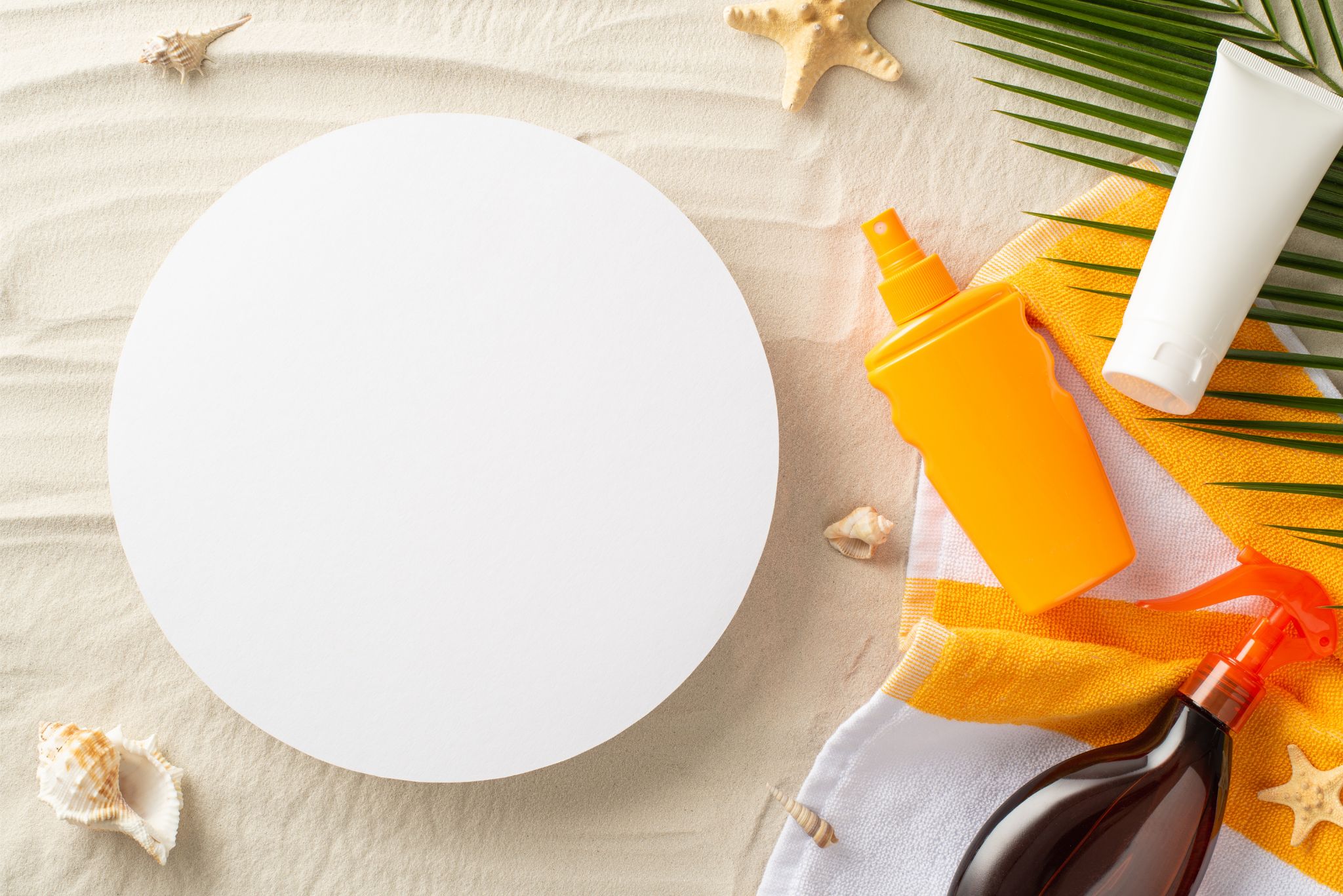Australia has one of the highest rates of skin cancer in the world, and unprotected sun exposure is the leading cause. Applying sunscreen daily is a simple but powerful habit to reduce your risk. Here’s everything you need to know about how and why to apply sunscreen correctly—straight from evidence-backed advice by the Cancer Council.
Why Should You Apply Sunscreen Daily?
What are the benefits of using sunscreen?
Sunscreen forms a protective barrier that absorbs or reflects harmful UV radiation. Daily use helps:
- Prevent sunburn
- Reduce premature ageing (wrinkles, sunspots)
- Lower your risk of skin cancer
- Maintain even skin tone
How does sunscreen protect against skin cancer?
Sunscreens filter out UVA and UVB rays. UVB causes sunburn and contributes directly to DNA damage in skin cells, while UVA penetrates deeper, accelerating ageing and also contributing to cancer risk. By blocking both, broad-spectrum sunscreens significantly reduce long-term damage that can lead to melanoma and non-melanoma skin cancers.
How to Choose a Sunscreen that Works for You

What SPF should you look for in sunscreen?
The Cancer Council recommends using SPF30 or higher. SPF50+ offers the best available protection, blocking 98% of UVB radiation.
What is the difference between broad-spectrum and regular sunscreen?
Broad-spectrum sunscreen protects against both UVA and UVB rays. Regular (non-broad-spectrum) sunscreen may only cover UVB, which means your skin is still vulnerable to UVA-related damage and ageing.
How to select the right type of sunscreen for your skin type?
- Oily or acne-prone skin? Choose an oil-free, non-comedogenic sunscreen.
- Sensitive skin? Look for fragrance-free or physical sunscreens with zinc oxide or titanium dioxide.
- Dry skin? A moisturising sunscreen or cream base can help retain hydration.
- Outdoor activity or swimming? Water-resistant options are essential.
How Much Sunscreen Do You Need to Apply?

What is the recommended amount of sunscreen to use?
A full-body application requires around 35mL (7 teaspoons):
- 1 teaspoon for each arm, leg, front, back, and face (including neck and ears).
How to ensure you're using enough sunscreen?
Most people use only half the recommended amount. Be generous and thorough—apply until the skin has a visible sheen and feels covered, not just dotted on. Lighter sunscreens with a less thick or greasy consistency go on thinly, and more than one application may be needed to apply an adequate amount of the production on your skin. A thick greasy sunscreen when applied will give you a good coating of sunscreen, making these more effective for most people engaged in sport or outdoor activities, but not everyone likes the feel of them or can tolerate the products due to the risk of blocking pores and causing acne. If you use a light consistency sunscreen, a second application is likely to be needed to ensure enough product has been applied. Apply the sunscreen, wait a minute for the application to dry, then reapply to ensure adequate coverage.
When and How Often Should You Reapply Sunscreen?
How often should you reapply sunscreen throughout the day?
Sunscreen should be reapplied every two hours—more often if you're swimming, sweating, or towel drying.
What factors affect the need to reapply sunscreen?
- Swimming or sweating
- High UV index
- Extended outdoor time
- Physical rubbing (e.g. towel, clothing)
How to reapply sunscreen every two hours effectively?
Set a reminder on your phone when outdoors. Keep a travel-size sunscreen in your bag for convenience. Reapply to all exposed areas and don’t forget commonly missed spots like the tops of ears, feet, upper chest and back of the neck.
Tips for Applying Sunscreen Correctly

How long before sun exposure should you apply sunscreen?
Apply sunscreen 20 minutes before going outside. This allows time for the product to bind to the skin and form a protective layer.
What are the best practices for applying sunscreen?
- Apply to clean, dry skin.
- Use the correct amount.
- Cover all exposed areas.
- Reapply regularly, especially after swimming or sweating.
- Combine sunscreen with other sun protection like hats, sunglasses, and UPF-rated clothing.
Common Sunscreen FAQs
What are the myths about sunscreen use?
- Myth: Sunscreen causes vitamin D deficiency
Reality: Sunscreen still allows some UV through; incidental sun exposure is usually enough for vitamin D in Australia. People that apply sunscreen are often doing so because they plan to do outdoor activities, and thus are more exposed to the sun, reducing their risk of vitamin D deficiency. People who rarely go outside are most at risk of vitamin D deficiency. - Myth: You don’t need sunscreen if you have darker skin
Reality: While darker skin has more melanin, it’s still at risk of UV damage and skin cancer. Skin cancer rates are lower with darker skin types, because sunburns tend to be less frequent in darker skin types, but they are not immune to sunburn or skin cancers, and also have premature aging effects from the sun if not protected with sunscreen
Can you use sunscreen on cloudy days?
Yes. Up to 80% of UV radiation can pass through clouds. Apply sunscreen regardless of the weather, especially in Australia where UV levels are often high even in cooler seasons. Adults are most likely to get burned on cloudy days, when they may be tempted to forego sunscreen application, and end up with an “accidental sunburn” that they didn’t anticipate. Wind burn is a term that people apply to a sunburn they didn’t expect because it was cool or cloudy or windy, so they didn’t feel the heat of the sun burning them.
Is water-resistant sunscreen necessary?
If you're sweating or swimming—absolutely. Water-resistant sunscreens maintain protection for up to 40 or 80 minutes in water, but still need to be reapplied afterward. Water resistant sunscreens can be essential in humid conditions, when sweating is the norm during outdoor activities
Final Thoughts
Daily sunscreen use is one of the most effective ways to protect your skin and prevent cancer. Make it part of your morning routine—even on cloudy days. For more information or to book a skin check, visit Melanoma Scan or speak with your GP.


 Prevention Tips
Prevention Tips Early Detection
Early Detection Understanding Skin Cancer
Understanding Skin Cancer Success Stories
Success Stories Lifestyle and Skin Health
Lifestyle and Skin Health Advances in Treatment
Advances in Treatment Community & Events
Community & Events For Families
For Families What's Happening at Melanoma Scan?
What's Happening at Melanoma Scan?